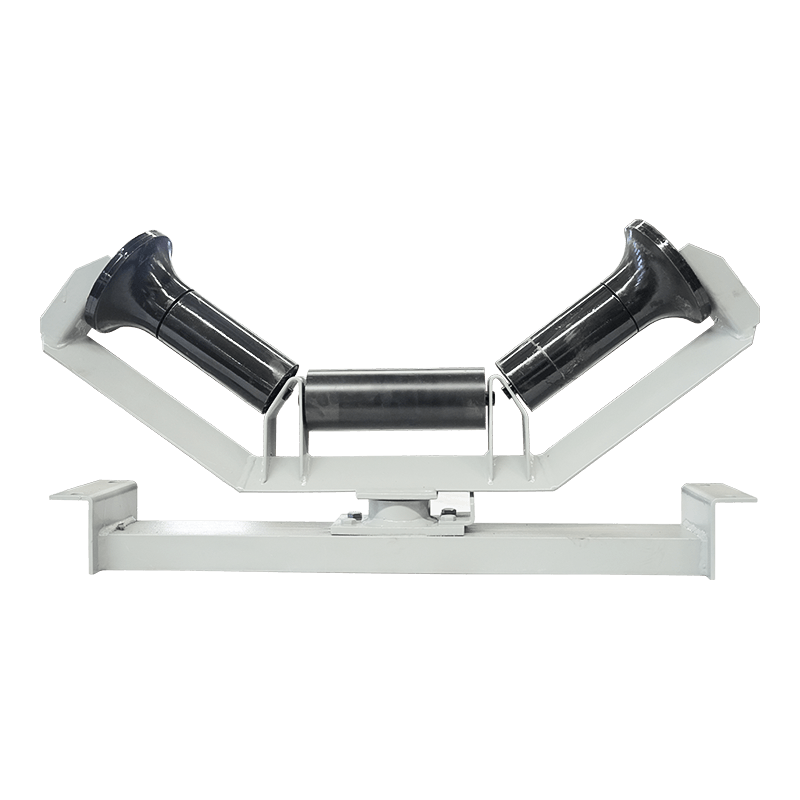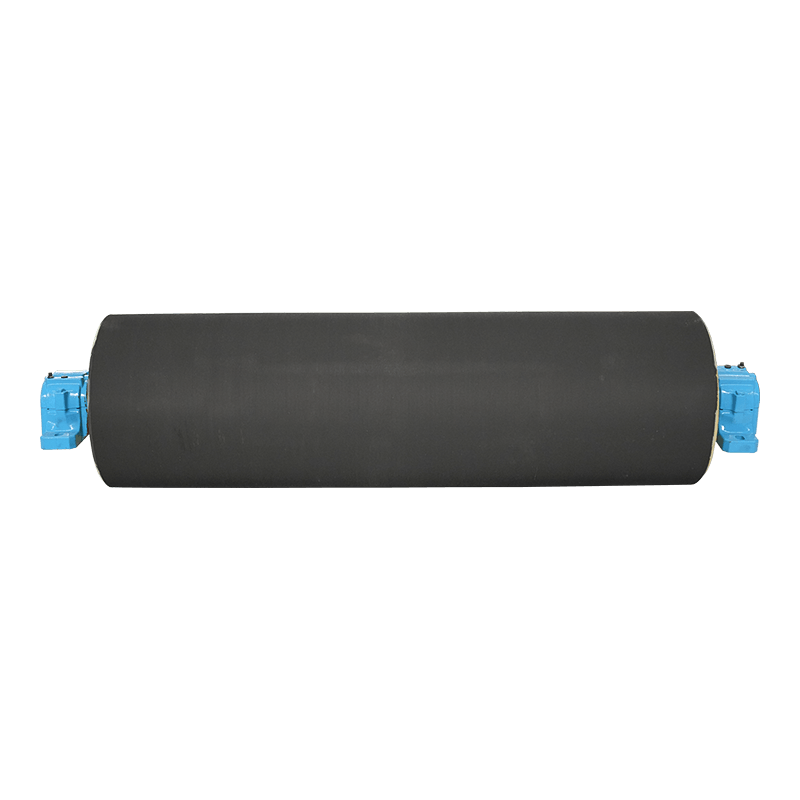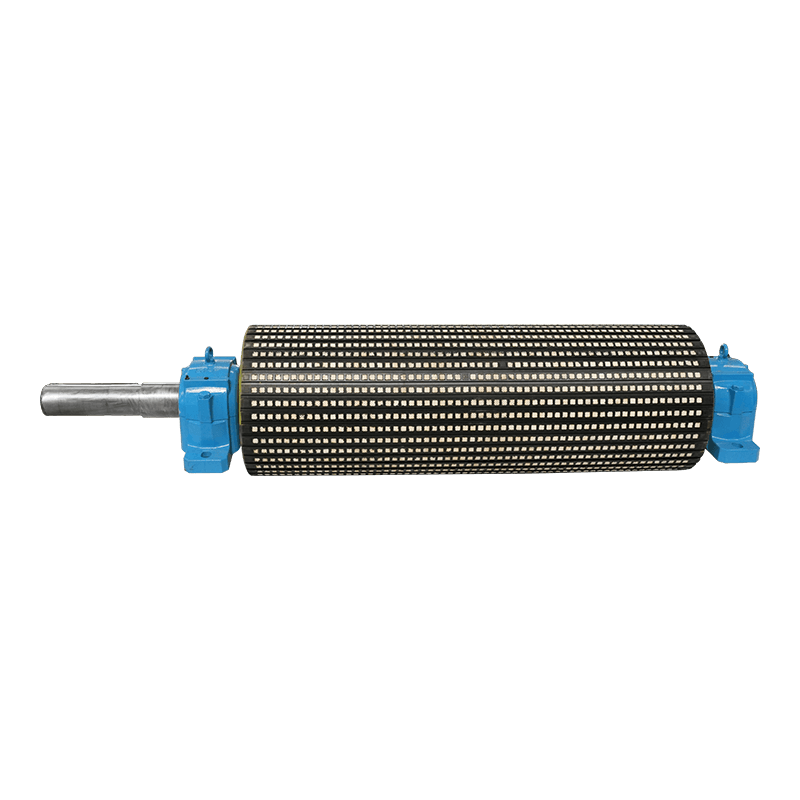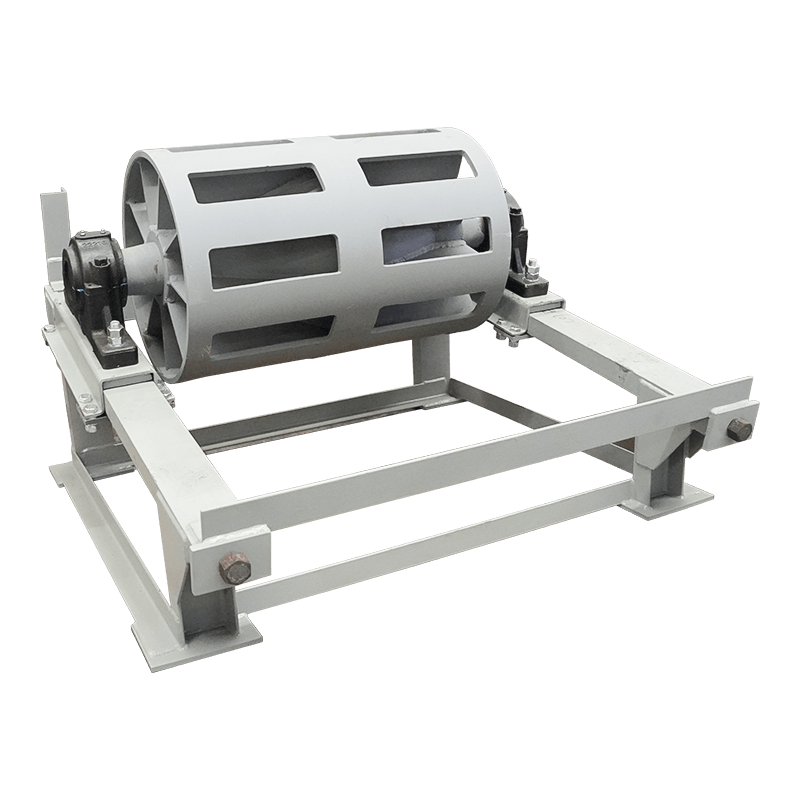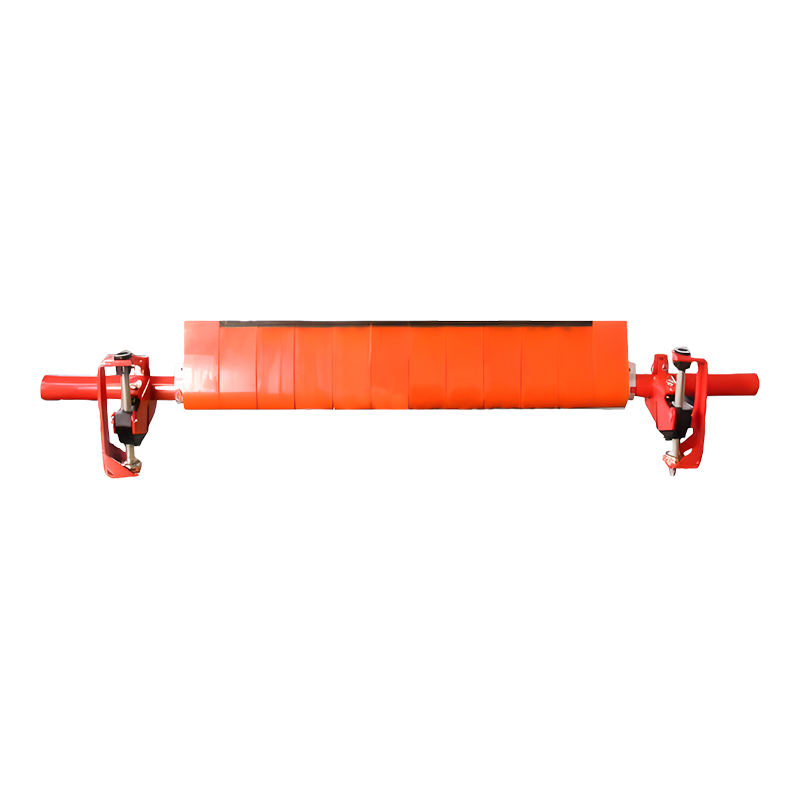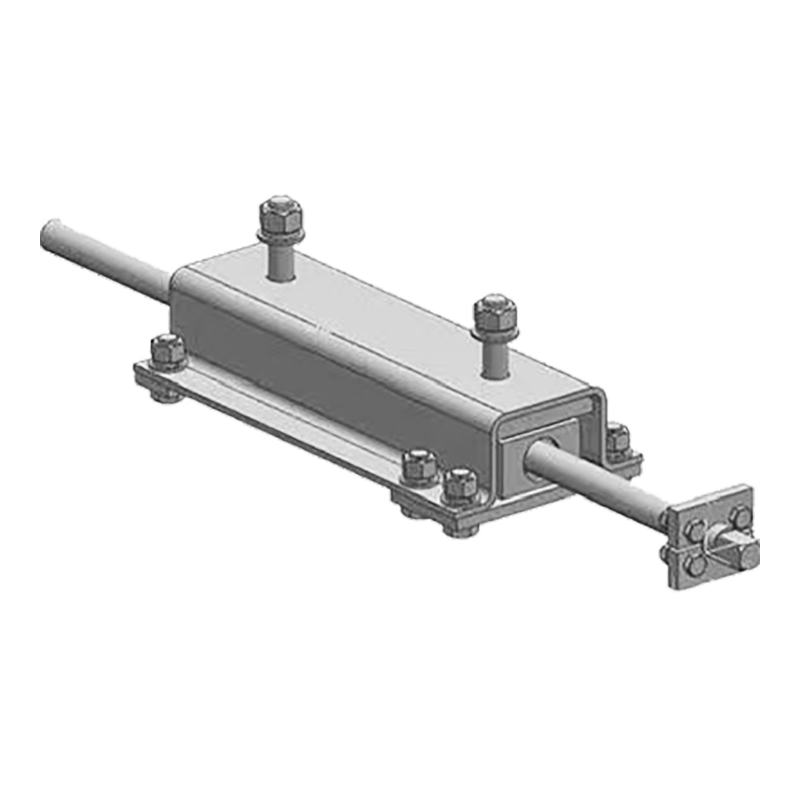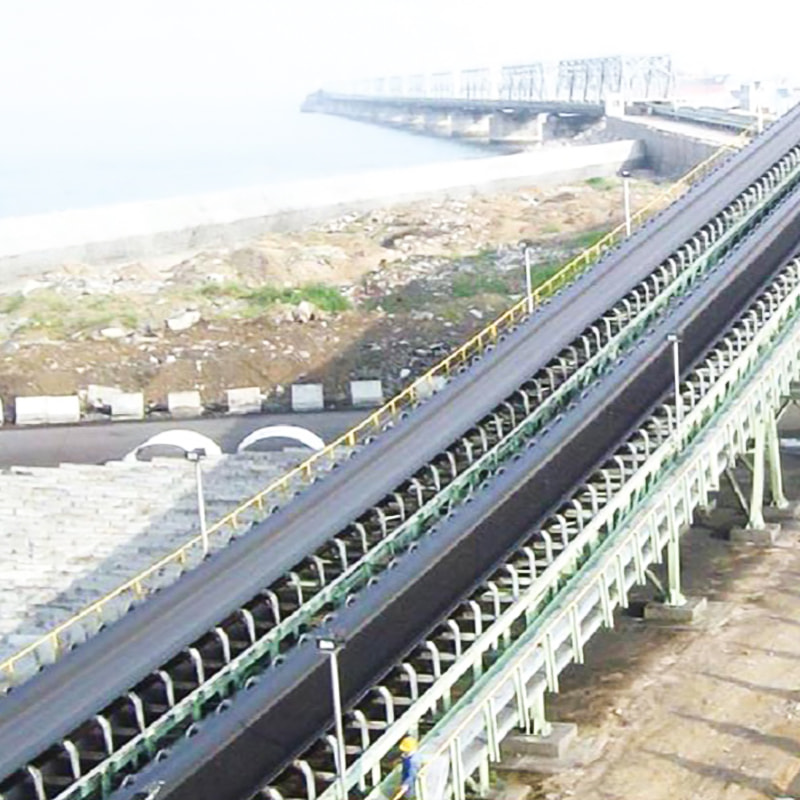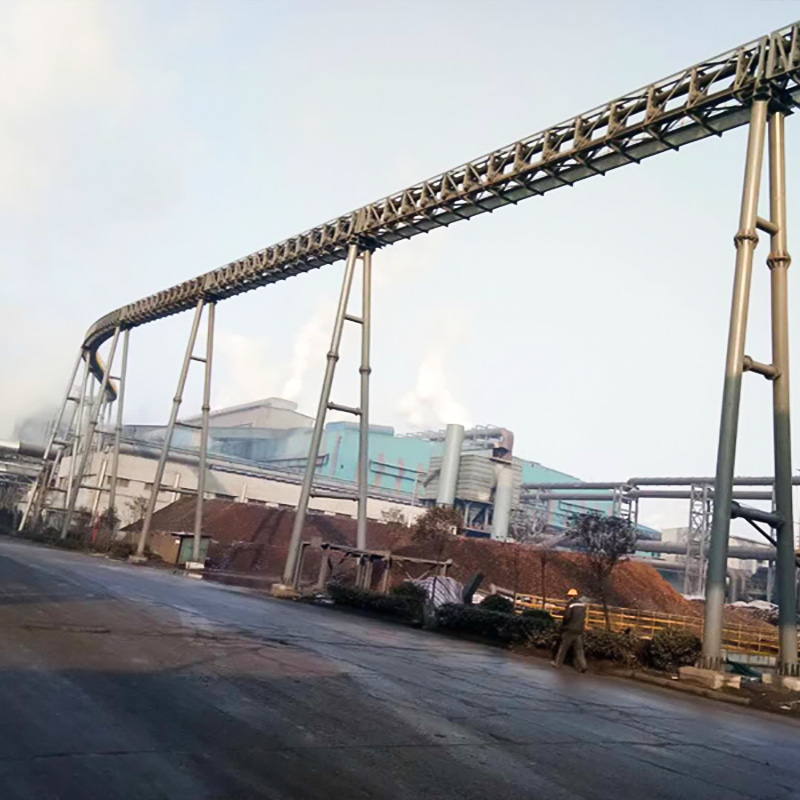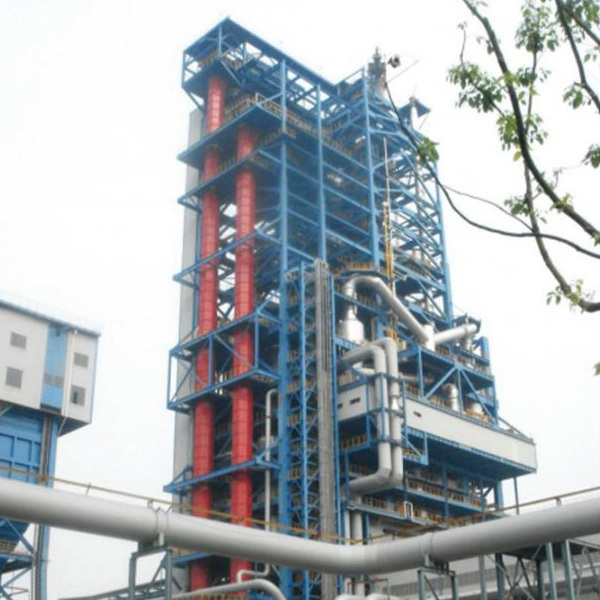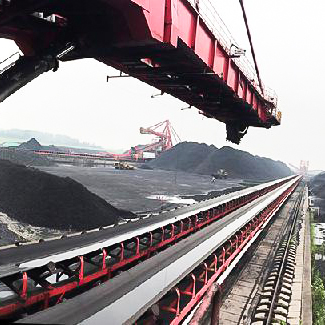How to Extend the Life of an Electric Pulley? Maintenance and Troubleshooting Tips
 2025.08.01
2025.08.01
 Industry News
Industry News
Content
1.Four Maintenance Measures to Extend the Life of an Electric Pulley Drive
Regularly Check Belt Tension
Problem: Too loose tension can cause slippage, while too tight tension accelerates bearing wear.
Method:
Use a tension meter to measure and ensure it meets manufacturer standards (typical deflection is 10-15mm/1000mm).
Manual Pressing Method: Press down at the midpoint between the two pulleys. There should be moderate elasticity (e.g., about 6-8mm of sag for a V-belt).
Keep the belt clean and dry
Problem: Oil and dust can corrode the belt material, and moisture can cause slippage.
Method:
Regularly wipe the belt surface with alcohol or a specialized cleaner.
Avoid contact with acids and alkalines. For humid environments, use a belt with an anti-corrosion coating.
Align the driving and driven pulleys
Problem: Groove misalignment can cause unilateral wear (serrated cracks) on the belt. Method:
Use a laser alignment tool or ruler to check the parallelism of the two wheels (deviation must be less than 0.5mm/m).
Adjust the motor or bearing housing bolts to ensure axial alignment.
Avoid overloading and transient shocks
Problem: Overloading can accelerate belt fatigue and fracture.
Method:
When selecting a motor, allow a 20% power margin (e.g., if the load requires 10kW, select a 12kW motor).
Install a soft starter to reduce the transient tension during startup.
2. Common Troubleshooting and Solutions for Electric Pulley Drives
Belt Slippage
Symptoms: Unstable speed, unusual noise, and heat generation.
Causes: Insufficient belt tension, worn belt, or oily pulley grooves.
Solution: Adjust the tension, clean the pulley grooves, or replace with a hardened belt.
Belt Breakage
Symptoms: Sudden machine stoppage with a torn belt break.
Causes: Overload, forced installation, or belt aging.
Solution: Avoid twisting the belt when replacing it and check for excessive load.
Abnormal Noise
Symptoms: Squeaking (slippage) or rattling (bearing damage).
Causes: Bearing oil shortage, worn pulley grooves, or mismatch between the belt and pulley grooves.
Solution: Lubricate the bearings and check for pulley groove deformation (replace the hub).
Belt Deviation
Symptoms: The belt deviates to one side and the edges are worn. Cause:
Hub misalignment, bent shaft, uneven belt tension.
Solution:
Recalibrate hub parallelism and check shaft for deformation.
3. Electric Pulley Drive FAQ
- Why does the belt slip? How can it be fixed?
Causes:
Insufficient belt tension, worn pulley grooves, or surface contamination with oil or water.
Solution:
Adjust the belt tension to the standard value, clean the pulley grooves, and replace the hardened belt.
In an emergency, apply rosin powder to increase friction (a temporary solution).
- How can I tell if the belt needs to be replaced?
Signs of aging:
Surface cracks, edge delamination, and tooth wear (for synchronous belts).
Abnormal noise and frequent slippage during operation.
Recommended lifespan:
V-belts: 1-2 years (depending on intensity of use).
Synchronous belts: 3-5 years.
- What precautions should be taken when installing pulleys?
Key steps:
Ensure that the driving and driven pulleys are parallel and aligned (deviation <0.5mm/m).
Do not use tools to force the belt in place to avoid damaging the cord layer.
After initial installation, run the belt for 30 minutes and recheck the tension (a new belt will stretch slightly).

 English
English  русский
русский Español
Español


